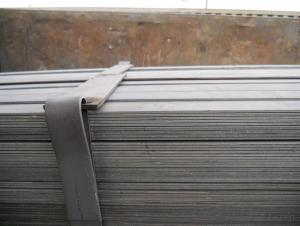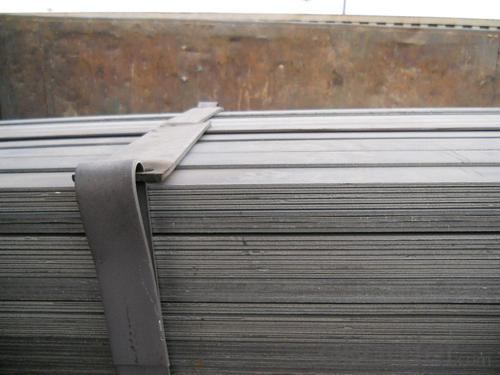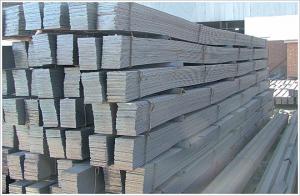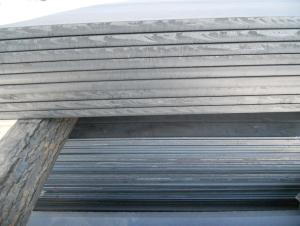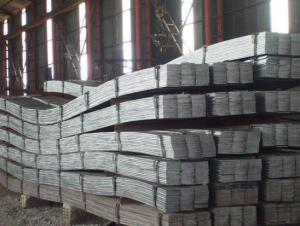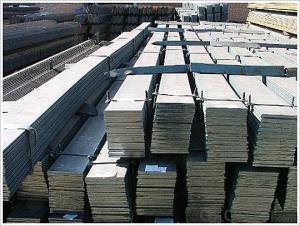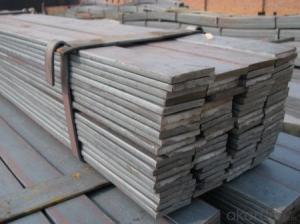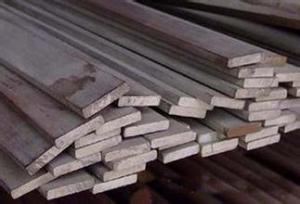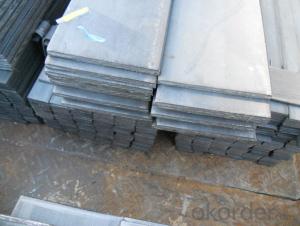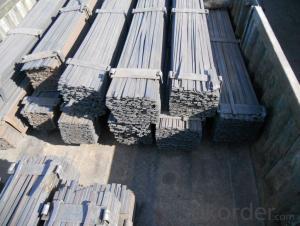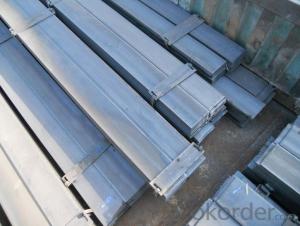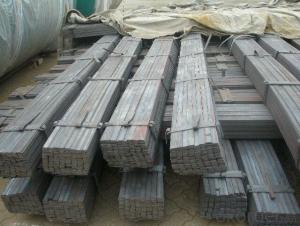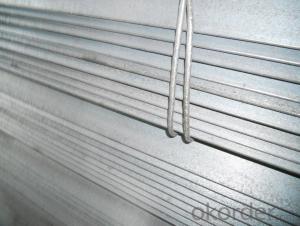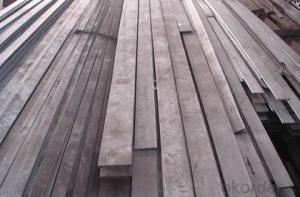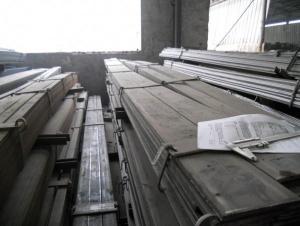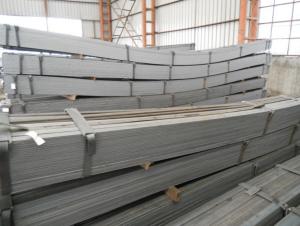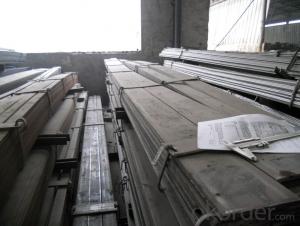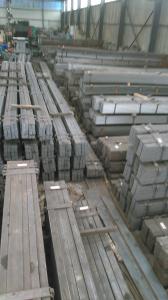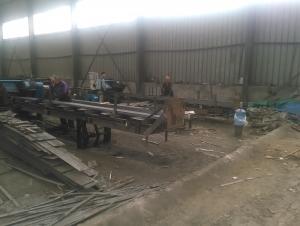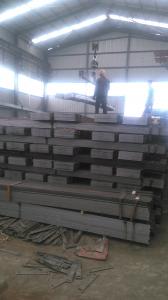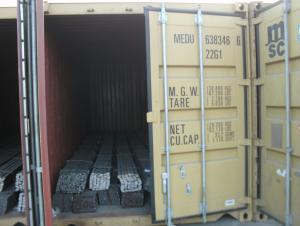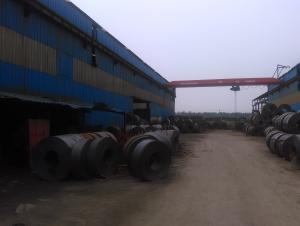Mild Steel Prime Hot Rolled Flat Steel Bar
- Loading Port:
- China main port
- Payment Terms:
- TT OR LC
- Min Order Qty:
- 100 m.t.
- Supply Capability:
- 10000 m.t./month
OKorder Service Pledge
OKorder Financial Service
You Might Also Like
Specification
Product Description:
OKorder is offering Mild Steel Prime Hot Rolled Flat Steel Bar at great prices with worldwide shipping. Our supplier is a world-class manufacturer of steel, with our products utilized the world over. OKorder annually supplies products to African, South American and Asian markets. We provide quotations within 24 hours of receiving an inquiry and guarantee competitive prices.
Product Applications:
Mild Steel Prime Hot Rolled Flat Steel Bar are ideal for structural applications and are widely used in the construction of buildings and bridges, and the manufacturing, petrochemical, and transportation industries.
Product Advantages:
OKorder's Mild Steel Prime Hot Rolled Flat Steel Bar are durable, strong, and wide variety of sizes.
Main Product Features:
· Premium quality
· Prompt delivery & seaworthy packing (30 days after receiving deposit)
· Can be recycled and reused
· Mill test certification
· Professional Service
· Competitive pricing
Product Specifications:
Manufacture: Hot rolled and Slited
Grade: Q195 – 235
Certificates: ISO, SGS, BV, CIQ
Length: 6m – 12m, as per customer request
Packaging: Export packing, nude packing, bundled
FAQ:
Q1: Why buy Materials & Equipment from OKorder.com?
A1: All products offered byOKorder.com are carefully selected from China's most reliable manufacturing enterprises. Through its ISO certifications, OKorder.com adheres to the highest standards and a commitment to supply chain safety and customer satisfaction.
Q2: How do we guarantee the quality of our products?
A2: We have established an advanced quality management system which conducts strict quality tests at every step, from raw materials to the final product. At the same time, we provide extensive follow-up service assurances as required.
Q3: How many tons of steel products could be loaded in containers?
A3: Usually the steel products are delivered by bulk vessel because of the large quantity and the freight. However, there are no bulk vessel enter some seaports so that we have to deliver the cargo by containers. The 6m steel product can be loaded in 20FT container, but the quantity is changed according to the size, usually from 18tons to 25tons.
Images:
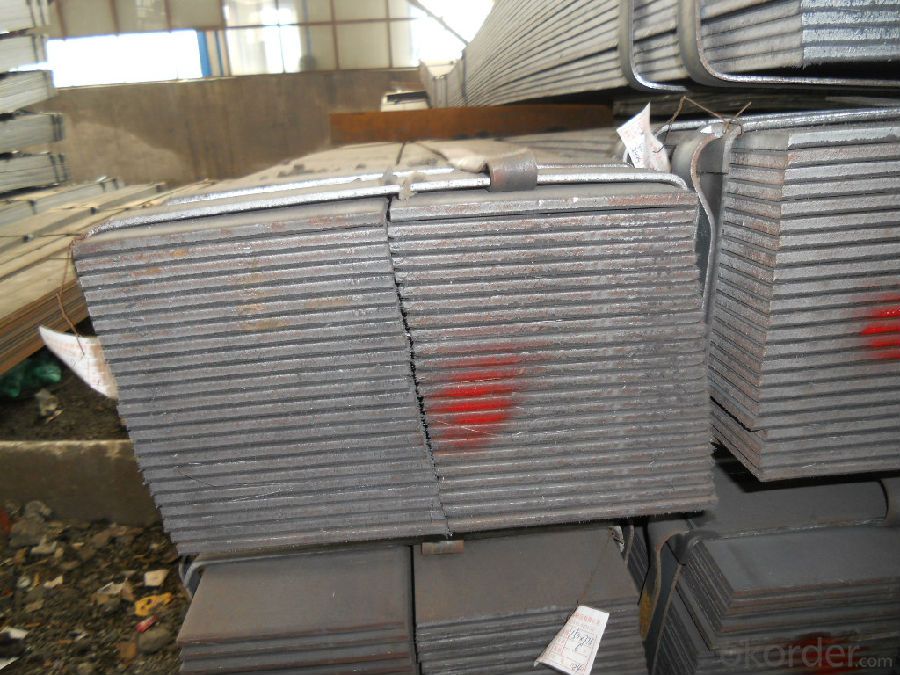
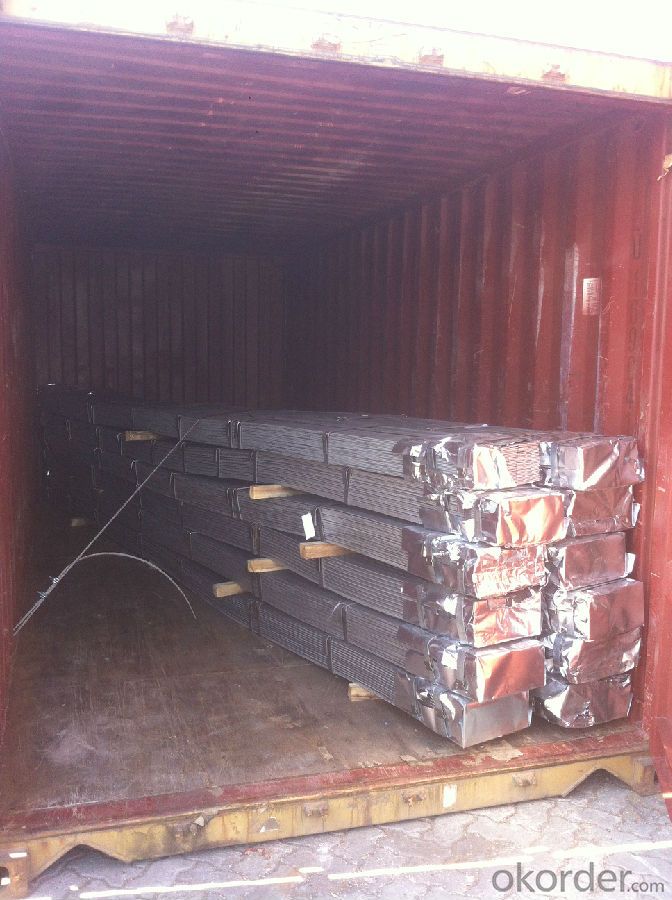
- Q: How do steel flat bars compare to other types of steel bars?
- Steel flat bars, a type of steel bar widely used and known for their versatility, possess numerous advantages when compared to other types of steel bars. To begin with, steel flat bars provide a larger surface area compared to round bars or square bars. This expansive surface area renders steel flat bars ideal for applications requiring strength and stability, such as construction or industrial projects. Moreover, the increased surface area allows for better weight and stress distribution, resulting in steel flat bars exhibiting superior resistance to bending or warping under heavy loads. Furthermore, steel flat bars are easily fabricated and shaped, making them suitable for a wide range of applications. They can be effortlessly cut, drilled, welded, or machined to meet specific project requirements. This adaptability has made steel flat bars a favored choice among manufacturers, fabricators, and DIY enthusiasts alike. Additionally, steel flat bars possess impressive strength and durability properties. Typically crafted from carbon steel, they boast high tensile strength and overall toughness. Consequently, steel flat bars can withstand heavy loads and resist deformation more effectively than other types of bars. Furthermore, they display a heightened resistance to corrosion, making them suitable for outdoor applications or environments exposed to moisture or chemicals. In terms of cost, steel flat bars generally offer a more affordable alternative to stainless steel or alloy steel bars. This cost-effectiveness renders them an attractive option for various projects, particularly in industries requiring large quantities of steel bars. In summary, steel flat bars present numerous advantages over other types of steel bars, including a larger surface area, ease of fabrication, excellent strength and durability, resistance to corrosion, and affordability. These qualities establish steel flat bars as a popular choice across a wide range of applications, from construction and manufacturing to DIY projects.
- Q: Are steel flat bars suitable for making conveyor systems?
- Yes, steel flat bars are suitable for making conveyor systems. Steel flat bars are known for their strength, durability, and ability to withstand heavy loads, which are essential qualities for conveyor systems. They provide a sturdy and stable base for conveying materials and can handle the continuous motion and impact that conveyor systems require. Additionally, steel flat bars can be easily fabricated and customized to the specific size and shape required for the conveyor system. Overall, steel flat bars are a reliable and commonly used material for constructing conveyor systems in various industries.
- Q: What are the different sizes available for steel flat bars?
- Steel flat bars are available in various sizes to accommodate different applications and requirements. The sizes of steel flat bars typically range from 1/8 inch thick by 1/2 inch wide, to 1 inch thick by 12 inches wide. Some common sizes include 1/4 inch thick by 1/2 inch wide, 3/8 inch thick by 1 inch wide, and 1/2 inch thick by 2 inches wide. Additionally, steel flat bars can be found in larger sizes such as 1 inch thick by 6 inches wide or even wider. The specific size needed will depend on the intended use of the steel flat bar, such as structural support, fabrication, or general construction. It is recommended to consult a steel supplier or manufacturer to determine the appropriate size for your specific application.
- Q: How do you clean and maintain steel flat bars?
- To clean and maintain steel flat bars, start by removing any loose dirt or debris using a soft brush or cloth. Then, mix a mild detergent with warm water and use this solution to wipe the surface of the bars thoroughly. Rinse them with clean water and dry them completely to prevent rust formation. To maintain the steel bars, apply a thin coat of protective oil or wax to prevent corrosion and keep them looking polished. Additionally, regular inspections for any signs of damage or wear are crucial to address potential issues promptly.
- Q: Are steel flat bars available in different finishes?
- Yes, steel flat bars are available in different finishes. Common finishes include hot rolled, cold rolled, galvanized, and polished.
- Q: Are steel flat bars suitable for making machinery frames or chassis?
- Yes, steel flat bars are commonly used in the construction of machinery frames or chassis due to their strength, durability, and ability to withstand heavy loads. They provide excellent structural support and can be easily welded or bolted together to create a sturdy and reliable frame or chassis for various types of machinery.
- Q: Are steel flat bars resistant to impact?
- Yes, steel flat bars are generally resistant to impact. Steel is known for its high tensile strength and durability, making it able to withstand significant force and impact without deforming or breaking. Steel flat bars are commonly used in various applications such as construction, manufacturing, and fabrication where impact resistance is crucial. However, it is important to note that the impact resistance of steel flat bars can vary depending on factors such as the grade of steel, the thickness of the bar, and the specific conditions in which it is used.
- Q: Can steel flat bars be used for making agricultural equipment?
- Yes, steel flat bars can be used for making agricultural equipment. Steel is a durable and versatile material that is commonly used in the construction of agricultural machinery. Steel flat bars can be shaped and welded to create various components and structures required for agricultural equipment such as plows, cultivators, and harrows. The strong and rigid nature of steel flat bars makes them suitable for withstanding the demanding conditions and pressures experienced in agricultural operations. Additionally, steel is resistant to corrosion and can withstand exposure to moisture and other elements commonly found in agricultural environments. Overall, steel flat bars are a popular choice for manufacturing agricultural equipment due to their strength, durability, and versatility.
- Q: Can steel flat bars be used in the manufacturing of agricultural machinery?
- Indeed, when it comes to the manufacturing of agricultural machinery, steel flat bars are a viable option. Their versatility and durability make them well-suited for a range of applications within the agricultural industry. Specifically, they can be utilized in the construction of frames, supports, brackets, and other essential structural components found in machinery like tractors, combines, tillers, and harvesters. The superior strength and rigidity of steel flat bars ensure that the machinery remains resilient and long-lasting, even in the harshest agricultural environments. Furthermore, their ability to be easily welded, bent, and shaped to meet specific design requirements renders them a preferred choice in the manufacturing of agricultural machinery.
- Q: 80 * 80 * 4 galvanized flat steel is what specifications?
- Galvanized square is a hot-rolled or cold-rolled galvanized steel or galvanized sheet for the blank shape by the cold bending process after section steel pipe welded square hollow square cross-section shape and size of the high-frequency; or the cold hollow steel well in advance of the re galvanized square by galvanizing processing of pipe.
Send your message to us
Mild Steel Prime Hot Rolled Flat Steel Bar
- Loading Port:
- China main port
- Payment Terms:
- TT OR LC
- Min Order Qty:
- 100 m.t.
- Supply Capability:
- 10000 m.t./month
OKorder Service Pledge
OKorder Financial Service
Similar products
Hot products
Hot Searches
Related keywords
